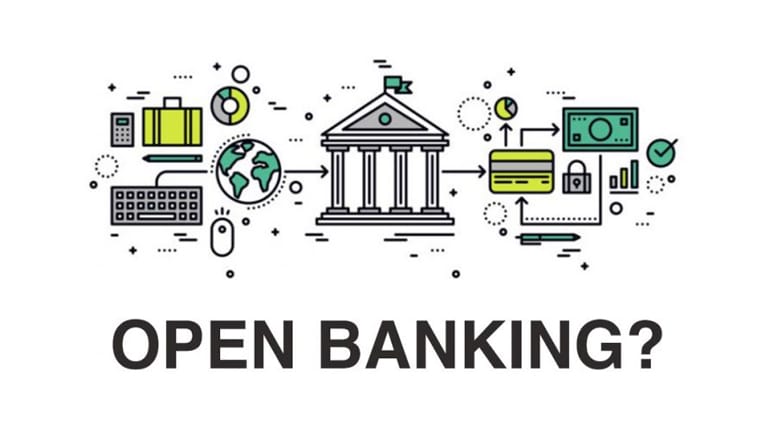Open Banking: Is This the Future of Banking?

The fintech industry began growing as there was an increasing need to see to the betterment of the financial model. It took a while to get the groundwork laid, but that did nothing to help the case of the proponents very much.
It was not until two years ago when the legislation was passed in support of open banking that traditional banks started opening their doors to these people.
Two years down the line, what is open banking really about? How is it going to achieve its goals,and what are the setbacks so far?
What is Open Banking?
We have seen online banking and digital banking models. When it comes to open banking, it finds a humble abode between these two and in one of the nicest ways too.
It is no news that banks could do more than they are currently offering to the people. It is almost like the banks now have all the control over the monies of the people when they should be allowing the people to have flexibility on their funds.
The fintech players have seen this and they know that they can help. The only problem is that forany help to happen, these fintech companies need access to the customer data that the banks are sitting on. That is the only way to apply all the framework that has been built to ensure there is, at least, a shot at offering the average banked consumer more.
Thus, open banking came to the fore as that process during which the bank finally opened its doors to third-party technology companies based in the finance niche with the promise of bettering the services and options that are offered to the consumers.
Major Challenges for Open Banking
Banks have to develop APIs into their processes so that they can effectively leave the right doors open for the fintech players and not divulge all of their secrets. However, for an institution that was just going from being traditional, this is such a huge digital leap.
That said, we cannot expect that they would not have lapsed from time to time. These lapses are further pronounced in the way that these banks are in a race to launch an API to get things working.
Almost anything online comes with the same risks of being breached. This is why online banking safety practices have always been hammered – and will continue to be.
In this case, the banks are at the forefront of protecting consumer data from illegal access via the very API which they have provided.
The consumer also has to be wary of the kind of information that they choose to share with the fintech solutions that come their way. Even if the fintech player is to be trusted, what happens in the case of a breach to their systems?
Perhaps the biggest obstacle in the way of open banking is how some banks are still not seeing the need to integrate with these startups in the fintech market.
Now that they have been forced to accept a marriage between traditional models and digitized banking, most banks are looking inwards instead of outwards. This sees them trying to develop their fintech solutions in record time when they could have just leveraged the years of research and development that the existing players have enjoyed.
The Future of Open Banking
If you thought that those challenges will stop open banking, think again.
This has moved from being a mere concept to getting legal backing, and it is not slowing down. Of course, it has some obstacles in the way right now. In a few, though, we will be dealing with new obstacles in this market.
What that means is the old ones are gone. By extension, that means growth.

No comments